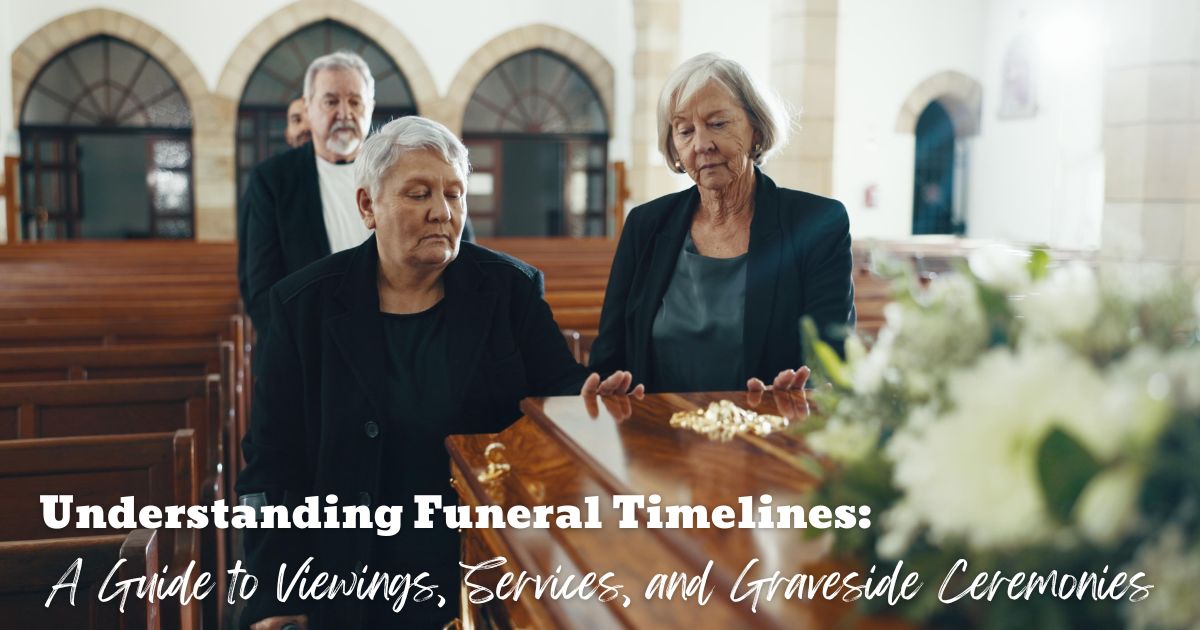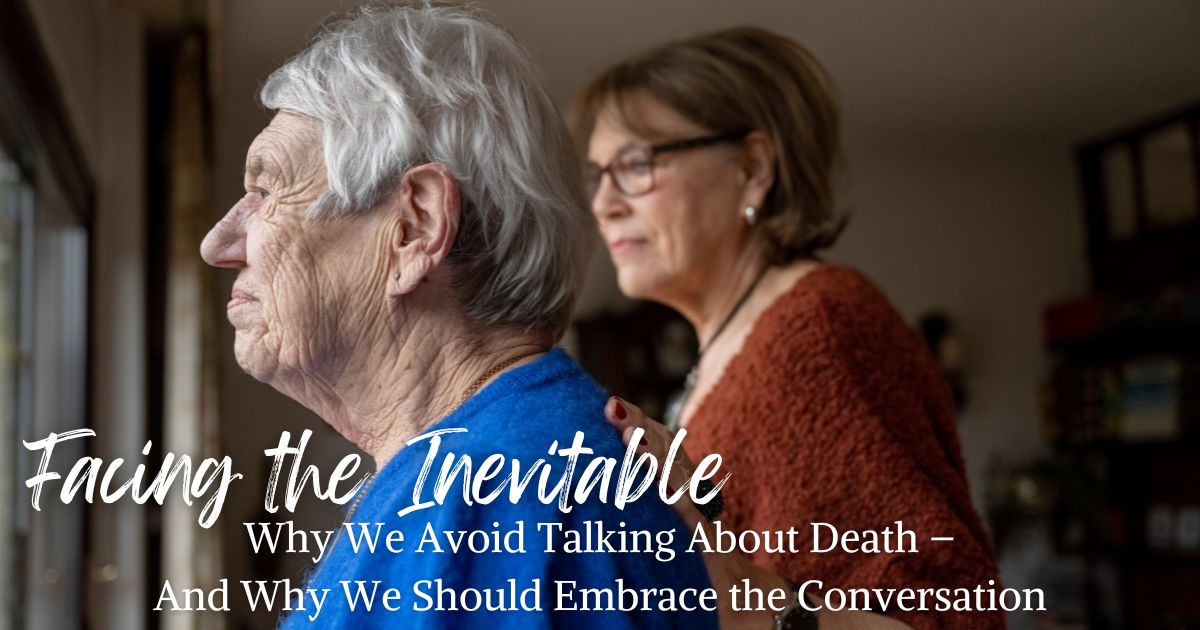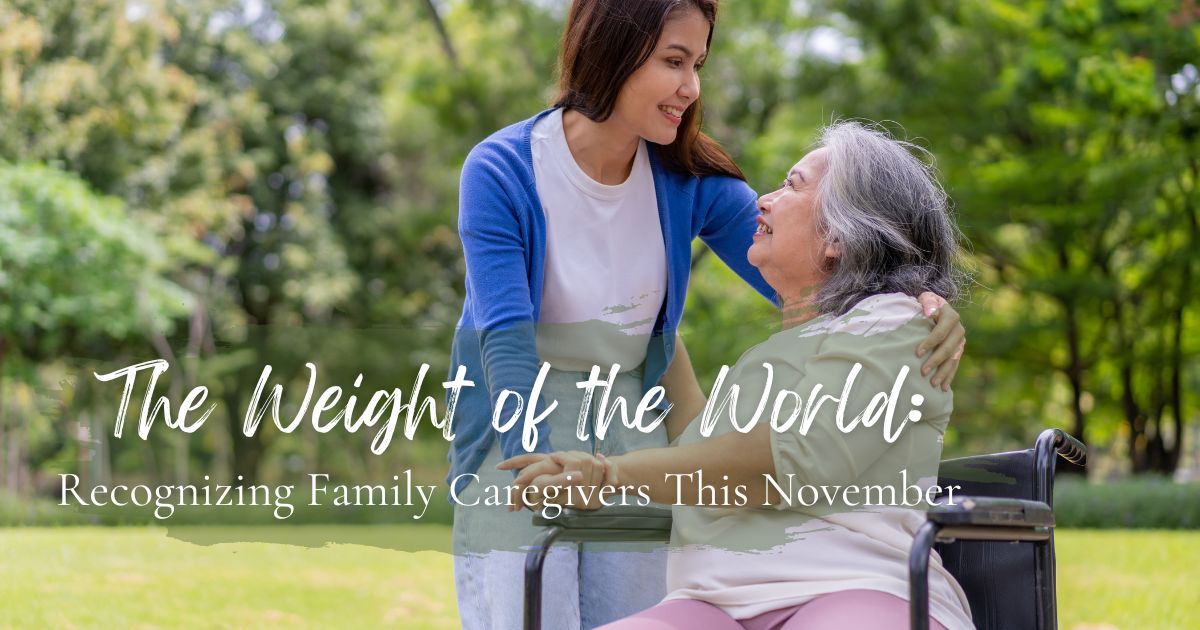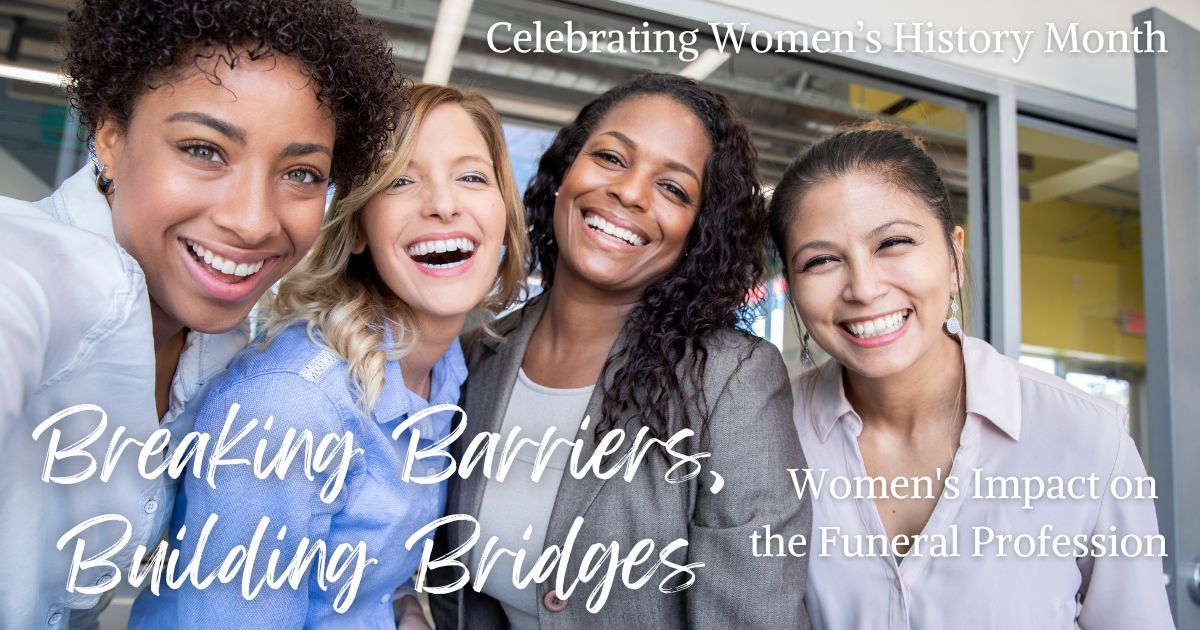
Want to learn more? Listen to the podcast discussing this blog post.
When a loved one passes away, the immediate aftermath can be a whirlwind of emotions and decisions. Among the many considerations, understanding the typical timeline for funeral arrangements, including viewings, services, and graveside ceremonies, can provide a much-needed sense of structure and clarity during a challenging time. While cultural, religious, and personal preferences can influence these timelines, there's a general progression that most funeral arrangements follow.
The Initial Hours and Days: Immediate Decisions
The period immediately following a death often involves crucial initial steps that set the stage for the services to come.
-
First Contact with a Funeral Home: Typically, the first call after a loved one's passing is to a funeral home. They will assist with the transfer of the deceased and begin discussing preliminary arrangements. Funeral homes are available 24/7 to assist with immediate needs.
-
Deciding on Burial or Cremation: This fundamental choice will influence subsequent arrangements. If cremation is chosen, families can still hold a memorial service.
-
Obtaining Death Certificates: It's advisable to order around 10 to 15 copies of the death certificate for various institutions like banks and insurance companies.
The Viewing or Visitation: A Time for Farewell
A viewing, also known as a visitation or wake, typically takes place before the main funeral service. It offers an opportunity for family and friends to gather, offer condolences, and say a personal goodbye to the deceased.
-
Timing: Viewings usually occur within a few days of the passing, often the day before or on the same day as the funeral service. This allows time for the funeral home to prepare and for out-of-town guests to arrive.
-
Purpose: It provides a chance for open casket goodbyes, though closed-casket visitations are also common depending on family preference or circumstances.
-
Duration: Viewings can range from a few hours to an entire day, or even multiple days, depending on cultural practices and family wishes.
The Funeral Service: Honoring a Life
The funeral service is a formal gathering to honor the deceased, often held at a funeral home, a place of worship, or another suitable venue.
-
Timing: This service usually takes place within 3 to 7 days after death, allowing for necessary arrangements and travel for attendees.
-
Content: Funeral services typically include eulogies, readings, music, and often a spiritual or religious component, reflecting the deceased's beliefs and wishes.
-
Flexibility: While traditional, modern funeral services can be highly personalized to celebrate the unique life lived.
The Graveside Ceremony: Committal and Farewell
Following the funeral service, a graveside ceremony is the final act of committal, where the body is laid to rest.
-
Timing: This ceremony immediately follows the funeral service, with attendees often proceeding directly from the service venue to the cemetery.
-
Purpose: It marks the physical final resting place of the deceased and provides a moment for final goodbyes at the gravesite.
-
Elements: It usually includes a brief service, prayers, and the lowering of the casket or placement of the urn. In an urn garden, a memorial marker or plaque can commemorate the loved one.
Memorial Services and Celebrations of Life: Alternative Timelines
For those who choose cremation, or when a traditional funeral timeline isn't feasible, memorial services and celebrations of life offer alternative ways to honor the deceased.
-
Timing: These can be held days, weeks, or even months after the death, providing flexibility for families to plan and for more people to attend.
-
Flexibility: Without the presence of the body, these services can take on a less formal tone and can be held in a wider variety of locations.
-
Focus: The emphasis is often on celebrating the life lived, sharing memories, and finding solace in community.
Understanding these general timelines can help families navigate the funeral planning process with greater ease and confidence, allowing them to focus on grieving and honoring their loved one.





